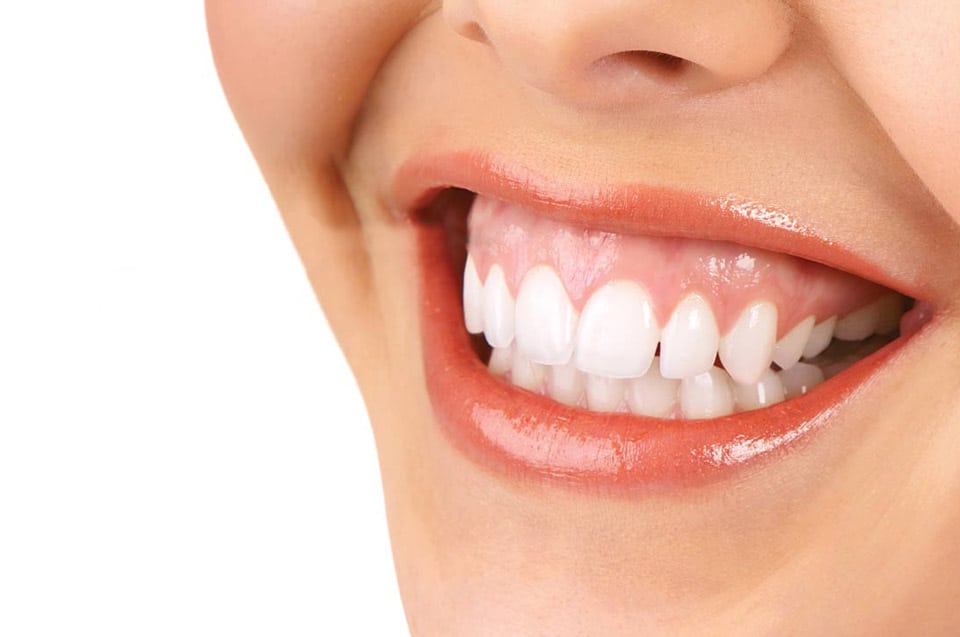A gummy smile is one where you see a disproportionate amount of gum tissue when you smile, so much gum tissue that your teeth appear smaller than they actually are. Having a “gummy smile” is not a specific diagnosis but a matter of each individual’s perception. Commonly, though, if you can see more than two or three millimeters of gum tissue visible between the edge of your tooth and the edge of your lip as you smile, that smile is considered “gummy.” How common is a “gummy smile?” Some statistics indicate that at least 14% of women and 7% of men have a smile that they consider “gummy” based on that measurement.
What can be done about a gummy smile?
There are several options for making changes to a gummy smile. The right option for periodontal plastic surgery in Los Angeles depends on what is causing your gummy smile in the first place. There are several potential causes for gummy smiles: usually long or enlarged gums; unusually small teeth; an unusually short or hyperactive upper lip; and an overgrown jaw that forces your gums to bulge outwards. Here is a brief introduction to the five treatment options for a gummy smile from a periodontist in Los Angeles.
A gingivectomy by a periodontist near you involves reshaping your excessive gum tissue to reveal more of your teeth. The gingivectomy procedure is typically painless during the procedure and afterwards.
Crown lengthening involves cutting away excess gum tissue and bone matter to expose the full length of your teeth. Crown lengthening typically takes approximately an hour.
Orthognathic surgery is a more intense and invasive procedure that alters a gummy smile caused by a disproportionately long upper jaw. During orthognathic surgery, the surgeon your jaw recontoured and secured in the position necessary to reduce the gumminess of your smile. Unlike gingivectomy and crown lengthening procedures, orthognathic surgery is performed in a hospital under general anesthesia.
Lip repositioning is the treatment used to address a gummy smile caused by an unusually short or hypermobile upper lip that reveals a disproportionately large amount of gum tissue when you smile. During lip repositioning surgery on the inside of your upper lip, your surgeon will restrict the effect of the elevator muscles in your lip.
The least invasive and short-term solution for a gummy smile is to receive Botox injections. Botox temporarily paralyzes the elevator muscles inside your upper lip to prevent those muscles from significantly lifting your upper lip to expose excessive amounts of gum tissue. Botox is not a permanent solution for a gummy smile but requires repeated injections over time. Botox is a good way to get a sneak preview of the results of lip repositioning surgery, too.
Do you have what you consider to be a gummy smile that you wish looked different? Ask your dentist to take a close look at your gums to try and determine the underlying cause of what you’d like to change. Once your dentist identifies the underlying cause of your gummy smile and confirms that your gums are generally healthy, your dentist will recommend the best options for reducing your gummy smile and perfecting the appearance of your mouth. Your dentist may also refer you to a periodontist who performs periodontal plastic surgery near you.
